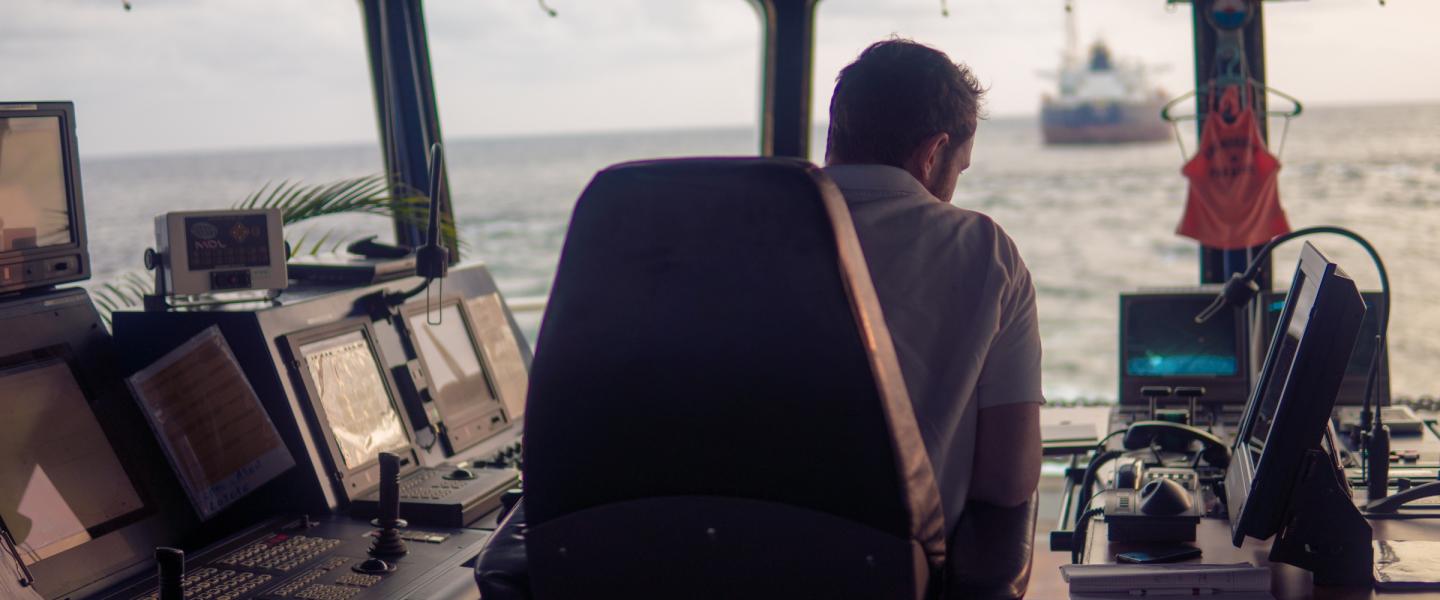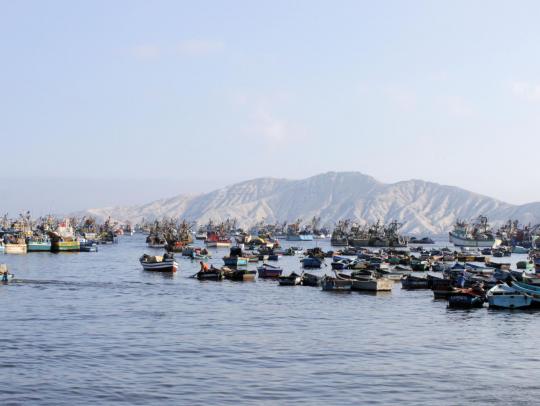How is connectivity supporting the many factors that influence seafarer well-being?

While it is only one aspect of the highly complex seafarer welfare puzzle, connectivity is taking an increasingly central role at the heart of discussions about seafarer welfare. In part, this is thanks to a number of high profile mentions of connectivity in industry reports, conferences and other initiatives; including the International Maritime Organisation’s (IMO’s) Day of the Seafarer, the Mission to Seafarer’s Happiness Index and the Lloyd’s List podcast, to name a few.
The heightened interest in connectivity within the seafarer welfare debate has revealed polarised views on occasions. For example, while the benefits of connectivity in opening up access to friends and family via high speed internet is a widely lauded improvement, there has also been increased interest in whether connectivity could trigger social anxiety through a ‘fear of missing out (FOMO)’ on land activities while they’re at sea.
It’s too early to tell how much of an impact – if any – that FOMO has had on overall seafarer welfare. However, it should be noted that some have indirectly rebuffed it. For example, when contributing to the 2018 Crew Connectivity Survey Phil Parry, Chairman of Spinnaker Global, stated that ‘social interaction is not a seafarer problem, it’s a societal problem’.
More widely, evidence suggests that the overall influence of connectivity on seafarer well-being is positive. In its Seafarer Happiness Index Q1 2018, The Mission to Seafarers noted that the issue of contact with family and loved ones received the strongest positive increase across its entire report, rising from 6.68 to 7.12 out of 10. The report noted that virtually every single written response from seafarers was positive when it came to the pleasure and enjoyment that being in contact with home brings.
Communication when it matters most
Seafarers are championing the benefits of connectivity and its impact on their daily lives. Captain Yaris, Master of the Ardeche at Euronav, uses Satcom Global’s Aura VSAT network, powered by SES Networks’ Skala Global Platform, to access high speed connectivity. “A few years ago, I had been onboard for about 14 days, when I got a message from home that my wife had become very sick and had to be hospitalised,” he said. “In those situations, you don’t want to have to try ten times to make a connection. You want to have a connection on the spot, so you can get the information you need – even when you are a long distance from home.”
At a recent event in London, this point was made equally clearly by a former seafarer who had recently taken a shore-side role. For him one of the less widely anticipated benefits of connectivity has been much improved sleep patterns for seafarers. As he said, “When connectivity was in its infancy, it was only available in certain areas when the vessel was near port,” he said. “This meant everyone took advantage of this short window of opportunity to contact friends and family – sometimes sacrificing sleep to do so. Today, having high quality, accessible connectivity at all times is a huge benefit.”
These stories highlight why it’s imperative to not rely on anecdote and conjecture, and instead speak to seafarers directly to understand what’s really happening at sea. When it comes to sourcing their feedback, the techniques we are using to collate seafarers’ views are themselves a significant indication of the positive impact of connectivity. Indeed, Mission to Seafarers asked seafarers to respond to its Happiness Index via the online tool Survey Monkey, while the IMO asked seafarers interacting with its Day of the Seafarer this year to upload pictures of themselves on board vessels to social media with the hashtag #gooddayatsea – both acts that would not have been possible without high speed internet access. It’s also worth noting that the seafarers’ union, Nautilus International, has long been campaigning to provide internet access to all its members, and by extension all seafarers, on their vessels.
Positive influence
It’s rightly acknowledged by those debating seafarer welfare and mental health that the issue is unique to each to each individual and there is no ‘one size fits all’. Indeed, there is an almost limitless list of factors that could influence life at sea, including contact with family, loneliness and isolation, living conditions, friendships on board, diet, existing medical conditions, cultural barriers, quality of management and access to exercise to name just ten.
From a connectivity perspective, SES Networks believes that everyone has a right to be connected, and this is supported by the Maritime Labour Convention 2006 which states that “reasonable access to ship-to-shore telephone communications, email and internet facilities should be available to seafarers”. For SES Networks, we see this ethos as highly relevant in today’s seafarer welfare debate. We fundamentally believe connectivity has the power to positively influence many of the factors that combine to provide better welfare at sea, and this has driven our major investment in R&D and innovation in the terrestrial and satellite ecosystem with particular focus on enabling ease of access and high-quality connectivity at sea. Even considering there might be benefits of some limitation to certain features of a connectivity service, advances in technology allow this to be managed appropriately to a very granular level and tailored to the needs of the specific users.
In addition to the clear benefit of creating instant access to family and loved ones, connectivity can open up enormous welfare enhancement, from providing access to meditation and other well-being apps, to enabling video consultations with family doctors via video calling, to empowering managers to access better training and support to help those in need.
There’s also a whole other dimension of connectivity that is positively impacting seafarers: its ability to drive greater safety, efficiency and profitability. But that’s a topic for another blog entirely! When combined with steps to boost welfare, the overall impact is transformative; a healthier, safer working environment that is more profitable and environmentally friendly.



